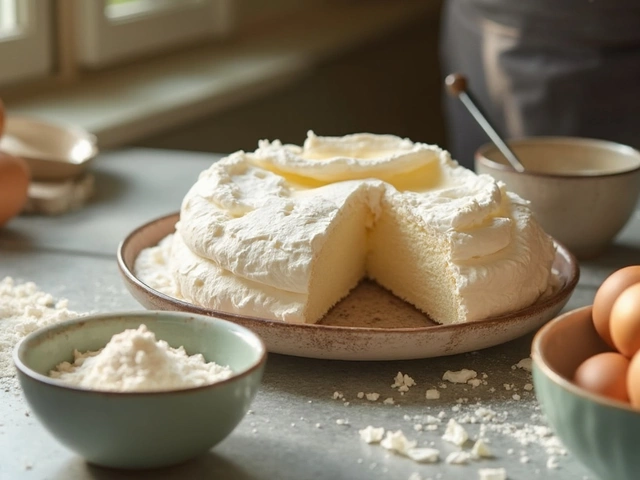Troubleshooting Sweet Recipes: Quick Fixes for Baking Disasters
If a dessert turns out wrong, it can feel like a nightmare. The good news? Most mistakes have a simple fix. This tag gathers the most common sweet‑recipe problems and gives you straight‑to‑the‑point solutions so you can get back to enjoying your treats.
Why troubleshooting matters
Baking is science and art rolled into one. A tiny temperature shift or a missing ingredient can change the whole outcome. Knowing the usual culprits saves time, money, and the urge to toss the batter. Each post on this page tackles a specific issue – from fudge that stays grainy to gluten‑free cakes that sink – and shows exactly what to adjust.
Quick fixes for the most common issues
Fudge that won’t set. Most fudge problems come from cooking to the wrong stage. Aim for the soft‑ball range, 115‑120°C (239‑248°F). If you’re at high altitude, add a few extra minutes or raise the temperature by 5°C. Using a candy thermometer takes the guesswork out of it.
Brownies that look or smell off. Fresh brownies should be moist and fragrant. If they’re dry or develop an off smell, they’ve likely been stored too long. Keep them in an airtight container at room temperature for up to three days, or freeze them for longer keeping. A quick sniff can tell you if they’re still good.
Gluten‑free cakes that sink. Gluten‑free flours lack the structure wheat provides. Adding a bit of xanthan gum or using a blend that includes starches helps create a better crumb. Also, avoid over‑mixing – it can trap too much air, causing the cake to collapse as it cools.
Cheesecake without eggs. Eggs give cheesecake its custard‑like texture. If you skip them, use a mix of cornstarch and cream cheese to mimic the binding power. The result is a slice that holds together without turning rubbery.
Cookie rise problems. If cookies spread flat, check your butter temperature. Too soft butter spreads too quickly. Use butter at room temperature, not melted, and chill the dough for 20 minutes before baking. This gives the cookies a boost in height.
Each of these fixes is backed by the detailed posts linked under the tag. When you run into a problem, scan the list – chances are someone has already written the exact solution you need.
Remember, the best way to avoid a disaster is to read the recipe fully before you start. Note any special equipment, like a candy thermometer for fudge, or a silicone mat for cookies. A quick prep check can catch most errors before they happen.
Got a stubborn dessert that just won’t cooperate? Drop a comment on the relevant article, and the community will share their own tweaks. Baking is a team sport, and this tag is your go‑to hub for all the little problems that can mess up a sweet masterpiece.

Why Do Macarons Crack? Simple Reasons and Real Fixes
Cracked macarons can ruin the excitement of baking, but understanding the common causes makes it easier to fix. This article reveals simple, concrete reasons why macarons burst or crack during baking. You’ll find real examples, practical tips, and easy adjustments to help your next batch come out smooth and perfect. If you’re wondering about oven settings, batter tricks, or even tiny mistakes you didn’t notice, you’re in the right place. Everything here is straightforward, to save you time and help you bake with confidence.
View More




